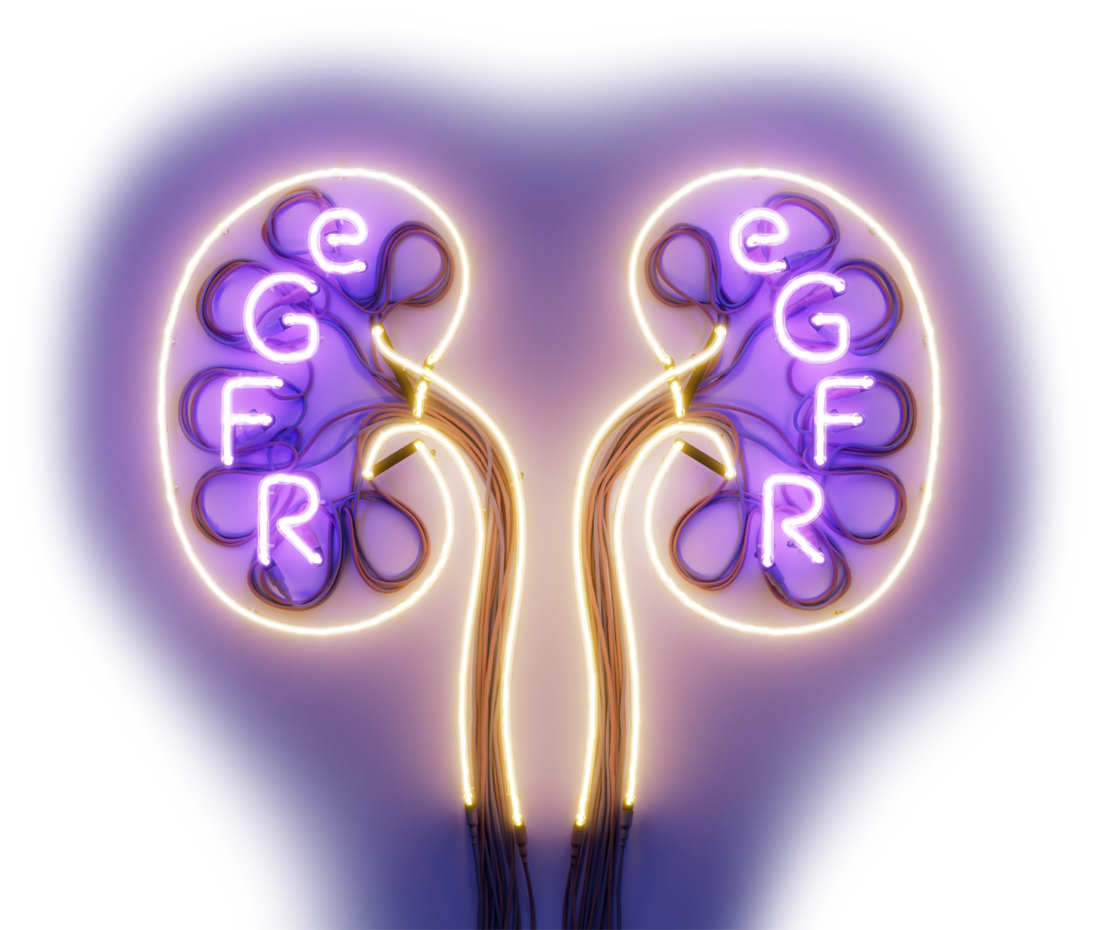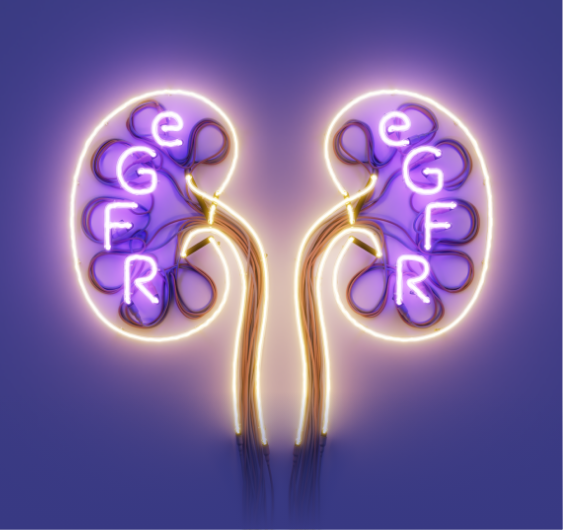

over
Image
 US patients treated since launch3§
US patients treated since launch3§


WHILE ON TREATMENT† & UPCR REDUCTION2-4
Primary endpoint: time-weighted average of eGFR change demonstrated a difference of 5.05 mL/min/1.73 m2 over 2 years3¶#
Durable UPCR reduction was achieved through 2 years2||

Levels of circulating Gd-IgA1 were reduced from baseline at 3, 6, and 9 months vs RASi alone3,5
Data are exploratory. Clinical significance has not been established. Small sample sizes of a specific patient group are limitations of these analyses.

The most common adverse reactions occurring in ≥10% of patients treated with TARPEYO + RASi and at a higher incidence than RASi alone were: peripheral edema, hypertension, muscle spasms, acne, and headache2
eGFR=estimated glomerular filtration rate; Gd-IgA1=galactose-deficient IgA1; KDIGO=Kidney Disease: Improving Global Outcomes; RASi=renin-angiotensin system inhibitor; UPCR=urine protein-to-creatinine ratio.
REFERENCES: 1. Kidney Disease: Improving Global Outcomes (KDIGO). KDIGO 2025 clinical practice guideline for the management of immunoglobulin A nephropathy (IgAN) and immunoglobulin A vasculitis (IgAV). Kidney Int. 2025;108:S1-S71. 2. TARPEYO. Prescribing Information. Calliditas Therapeutics AB; June 2024. 3. Data on file. Calliditas Therapeutics AB. 4. Barratt J, Lafayette RA, Rovin BH, et al. Budesonide delayed-release capsules to reduce proteinuria in adults with primary immunoglobulin A nephropathy. Expert Rev Clin Immunol. 2023;19(7):699-710. doi:10.1080/1744666X.2023.2206119 5. Khan I, Nawaz N, Jama AAA, et al. Effects of nefecon on Hits 1, 2, and 3 of the IgAN pathogenic cascade: a full NefIgArd analysis. Leicester IgAN research group: Presented at the European Renal Association Congress (ERA Congress); June 4-7, 2025; Vienna, Austria. 6. Lafayette R, Kristensen J, Stone A, et al. Efficacy and safety of a targeted-release formulation of budesonide in patients with primary IgA nephropathy (NefIgArd): 2-year results from a randomized phase 3 trial. Lancet. 2023. http://doi.org/10.1016/S0140-6736(23)01554-4







